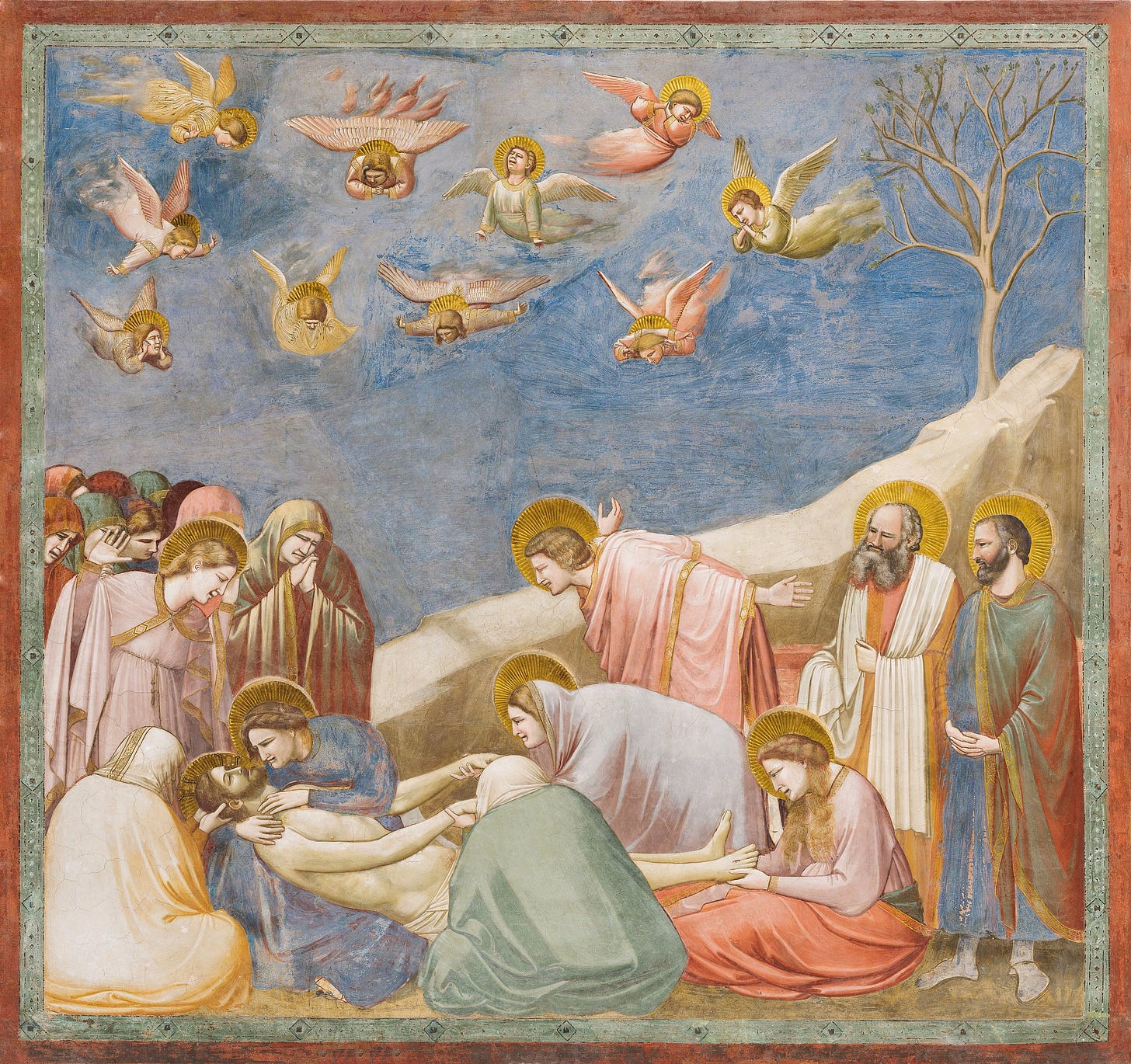Field Notes #1: Extroversion, poetic license, and the basis of "good taste"
Snackable nuggets from my readings
This is the start of my Field Notes series, published weekly on Sundays. Field Notes are snack-size reflections from my readings: annotations, questions, ideas.
Happy Easter to those who celebrate.
This week my readings have been all over the place. Here’s what stood out:

On extroversion, backlash, and overlooking the individual
I read a phenomenal essay by Mara Wilson on being an extrovert, published in the Guardian last fall. It’s really a masterclass in form; it could be deconstructed to analyze the components of a rich personal essay.
One thing that struck me was Mara’s description of the negative backlash against extroverts after Susan Cain’s Quiet came out in 2012.
Quiet celebrated being an introvert, and many introvert-identifiers came out both to proclaim themselves and to essentially shit on extroverts.
Wilson describes how the discovery that “one of the most hated groups of people is, well, people-people” impacted her:
This, perhaps unsurprisingly, made me a little anxious. Did being an extrovert mean I was loud, obnoxious, pushy and just generally bad company by nature? That there was no way I could change? I’d embraced being an extrovert, but being disliked for who you are never feels good.
This seems like a well-worn trajectory. There’s a group that gets unfairly stereotyped or marginalized. They find their voice. And then some of those newfound voices are used to stereotype the people they believe had been oppressing them.
I see this happening within the neurodivergent community now against neurotypicals (shorthand, NTs). NTs are accused of being shallow, oblivious, two-faced, and worse.
Can’t the lesson be that we need to take each person as an individual, not as a representative of some group? And that we should more often give the benefit of the doubt, because as we autists know very well, what you see on the surface is (usually) not what’s happening on the inside.

Kierkegaard & whether he really jostled those people in Copenhagen that day
I finished reading the biography Kierkegaard: A Single Life, by Stephen Backhouse. It was a good introduction to Søren Kierkegaard but it didn’t go into the meat of his psyche, which is what I really wanted.
I found myself distracted by the book’s very detailed retellings of mundane events. This happens a lot when I read nonfiction. I wonder: how do they know that?
For instance, Backhouse relates an episode where two town fathers were perched at a cafe while people watching, and describes what happened next:
They did not see Søren coming, but as this odd man lurched by their table, arm outstretched to order his third coffee of the day to go with his fourth cigar, they would have been jostled.
So… I guess the author just imagined that the two men would have been seated at a specific Copenhagen cafe when a young Kierkegaard arrived there too, and that there would have been a physical run in?
Based on… what, exactly? Is there a record of all three frequenting this cafe at the time? Is there evidence that Søren had at least three coffees and four cigars daily, as mentioned?
My autistic literalism used to lead me to believe that there was actual evidence for every detail.
I now realize that’s impossible. Nonfiction works are rife with these sorts of imagined events even where the historical record is spotty. So they must be invented.
But in that case…
What are the boundaries of poetic license in nonfiction?
Is there an accepted approach that they teach in nonfiction writing courses, or is everyone OK if authors just wing it?
How much of the detail we read in nonfiction is purely invented?
Am I thinking about this only because I struggle with literalism, whereas most people clearly understand what’s factual and fictitious in nonfiction works?
The trouble is that most popular nonfiction omits footnotes, so I can’t parse what’s rooted in evidence and what’s mere invention.
And there’s no way I’m going to reverse engineer the historical record to solve these mysteries!
I need someone to explain how this aspect of nonfiction writing works.

The interplay between knowledge & “good” taste
The essay How to have good taste from The Common Reader came across my feed.
It argues that good taste is a function of knowledge: the more you consume a certain kind of creative work (novel, film, painting), the better you’ll hone your instinct for what’s good and what’s bad.
This is why, the essay argues, eventually people coalesce around certain works being good (like George Eliot or Chaucer, not Harry Potter), even though it’s a highly subjective inquiry. It’s a sharp and persuasive theory.
And it kinda relates to a theory I have, which is that to appreciate most masterworks, you must have knowledge of their historical context.
For instance, people don’t devour Robinson Crusoe even though it’s deemed a classic. That’s because thousands (millions?) of novels have been written since then and its innovative status is lost on us today.
Same with Renaissance paintings. To a casual observer they seem almost generic these days, but that’s because we don’t appreciate their innovations in perspective, subject matter, use of light, etc. We’re used to all that by now. If we were in the shoes of Renaissance spectators, we’d probably be gobsmacked.
Art historians can imagine what it was like to be a Renaissance-era spectator, given their understanding of history and context. They see the innovative techniques and therefore the immense value in the works.
The rest of us mostly just accept that these works are phenomenal because we’re told so (and because these works are put behind ropes in museums), without experiencing the phenomenal qualities firsthand. (Or, maybe I just have bad taste.)
I’d love to hear your thoughts on any of these points — or about what you’ve been reading this week.
That’s all for now.
Warmly,
Laura

